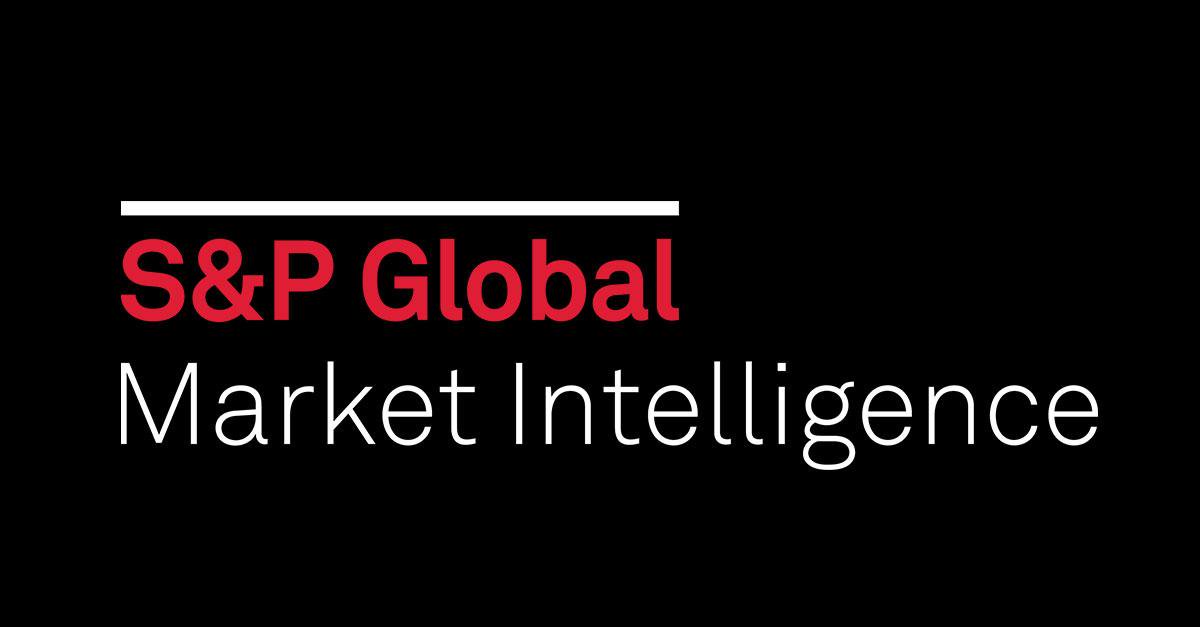Returning domestic demand sustained manufacturing growth in June, but high prices and a slowing world economy pose threats to the sector’s recovery, global intelligence firm S&P Global said on Friday.
While the Philippines’ manufacturing purchasing managers’ index remained above the 50-level reflecting growth, PMI further eased to 53.8 last month from May’s 54.1.
“Despite a loss in growth momentum for the second-month running, operating conditions have now improved for five successive months, with the headline PMI figure signaling solid overall growth in the manufacturing sector,” S&P Global Market Intelligence said in a report.
In particular, S&P Global Market Intelligence economist Maryam Baluch said “production levels rose, driven by a faster increase in new orders.”
“Domestic demand remained strong as the lifting of pandemic restrictions allowed customer activity to pick-up,” Baluch said.
But S&P Global Market Intelligence flagged easing export production since March. “Foreign client demand contracted for the fourth-month running, and at a sharper pace,” Baluch said.
While firms enjoyed the fruits of robust manufacturing growth at the start of this year, “businesses were more hesitant in their output expectations for the year ahead as downside risks to growth remain,” Baluch said.
“The degree of confidence hit a 26-month low as firms highlighted concerns surrounding supply-side challenges, persistent inflation, energy price increases and peripheral global uncertainties that continue to spillover and restrain the Filipino manufacturing sector,” Baluch added.
According to S&P Global Market Intelligence, “average cost burdens rose further as companies continued to register higher energy and raw material prices.”
The Philippine Statistics Authority’s (PSA) producer price index (PPI) for manufacturing released on Thursday showed that production input inflation climbed to a new high of 6.9 percent year-on-year in May. Month-on-month, manufacturing costs on May were also 0.4-percent higher than April levels.


